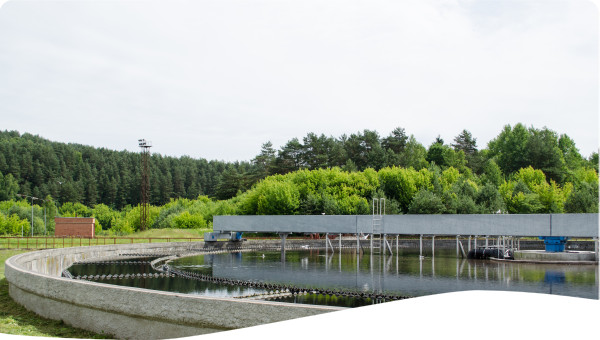Recycling and reuse is a strategy to improve water supply by managing wastewater. Wastewater is critical component of the water management cycle and consists of water that has already been used by users such as households and industries. Wastewater can be broadly be classified into black water, (from toilets and urinals) and greywater (from non-toilet uses such as showers, dishwashing, or laundry) (Raschid-Sally and Jayakody, 2008).
With the increasing global water scarcity, the resource value of wastewater is being increasing realised as an supplemental/alternative source of water. Water reuse and recycling can allow users to gain more benefits out of the same water while relieving stress from existing natural supplies to improve efficiency in water management. Furthermore, it establishes a circular system through which water can be used again for other purposes such as domestic, industrial, irrigation, heating and cooling, groundwater recharge, restoration of water bodies and wetlands as well as potable reuse (Figure 1).
Figure 1. The role of water reuse and recycling for multiple uses in the hydrologic cycle (Adapted from Asano and Levine, 1997)
Leaving wastewater untreated causes poor sanitation, poses health risks to populations, pollution risks to ecosystems in addition to jeopardising economic growth and food security. Pollution deteriorates quality of water resources from which water is abstracted and supplied, leading to reduction in availability of appropriate quality of water or requiring more advanced and expensive treatment before supply. Planning for wastewater reuse and recycling requires a comprehensive understanding of the entire water system at various levels and must account for spatio-temporal, upstream-downstream and socio-economic interactions. These should be explicitly included in IWRM plans at national and basin level (Tool A3.01; Tool A3.02). To make the most of available water through recycling treatment processes, individual water users must adopt measures at company, institutional and household-levels.
 Tool -
Tool -

